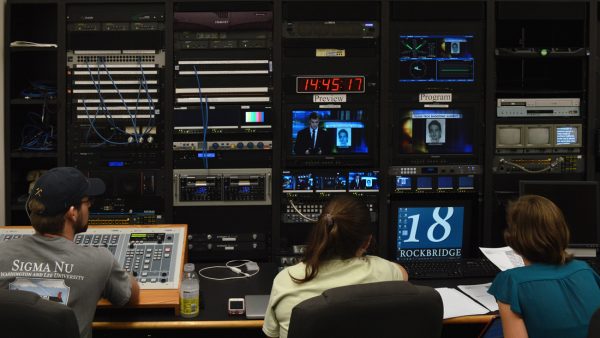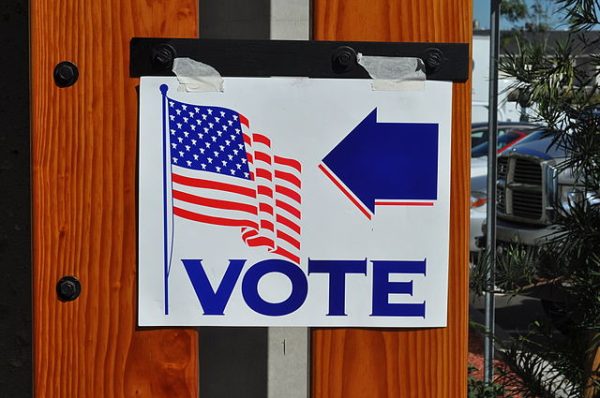Mary Cain’s story isn’t just about Nike
The pressure to conform to a specific body type is felt at the high school, collegiate and professional levels, if not earlier in life.
November 18, 2019
“I got caught in a system designed by and for men, which destroys the bodies of young girls.”
This is just one among many powerful quotes said by Mary Cain, a former Nike Oregon Project runner, in an opinion video released in The New York Times on Thursday, Nov 7. Her tragic story highlights what she refers to as a “systematic crisis in women’s sports,” in which female athletes are forced into a physically and emotionally abusive system in order to achieve success.
Cain was truly the fastest girl in America — the youngest female runner to make the World Championship team at age 17 and the holder of multiple national records. Yet, when she signed with Alberto Salazar and the Nike Oregon Project, supposedly a momentous accomplishment for an aspiring professional runner, that reputation and career were ruined entirely.
Cain describes horrifying accounts of her all-male Nike coaching staff, stacked with loyal drones of Salazar, brainwashing her into believing that becoming “thinner, and thinner, and thinner” was crucial for her future success.
Salazar would weigh her in front of teammates, publicly ridicule her for not hitting his arbitrary 114-pound goal, and pressure her into taking birth control pills or diuretics to shed the weight. The physical toll that ensued was drastic. Cain developed RED-S Syndrome, commonly known as female athlete triad syndrome, that began with an irregular menstrual cycle and ended with 5 broken bones—a result of drastically low bone density.
The mental toll was just as, if not more, dire. Cain’s life became riddled with self-doubt, suicidal thoughts and attempts and races that she lost before she had even started—all because the only thing she could think about was “the number on the scale [she] saw earlier that day.”
It was the incessant public body shaming that turned the fastest female runner in America into a woman struggling to survive. It was the constant reinforcement and reminder of negative body image that turned her confidence into insecurity. And it was the system of sexism that turned her success into downfall.
Cain’s story is one that cannot be ignored or taken for granted. This does not apply solely to professional athletes, either. In sports based on aesthetic—such as gymnastics, swimming, diving, figure-skating, running, etc.—the pressure to conform to a specific body type is felt at the high school, collegiate and professional levels, if not earlier in life. When physical appearance is tied with alleged performance through the influence of media, coaches or teammates, healthy habits are sacrificed for the sake of success. And that achievement quickly turns to detriment.
According to a 2003 study run by the National Center on Addiction and Substance Abuse at Columbia University, 35 percent of female college athletes were at risk for anorexia nervosa, and 58 percent were at risk for bulimia nervosa. These numbers will have only increased in our media-focused society, putting even more female athletes at risk for unhealthy and unsustainable eating.
Malnutrition is the first step to developing RED-S syndrome as Cain did. Female athletes affected by this syndrome experience menstrual dysfunction, followed by low energy and low bone density, which can result in numerous injuries. Female athlete triad syndrome was first formally identified in the 1990s, and it rarely receives the attention it should. This ignorance causes many young female athletes to push through related physical symptoms, unaware of the potential ramifications.
Where to go from here, you may ask? It’s simple. We need more women involved in leadership positions in sports. More female coaches, female nutritionists and female sports psychologists, specifically those who are aware of the dangers of RED-S syndrome. We need fair maternity policies in sports contracts. We need equal media coverage about victories in female sports. We need equal viewership of female sports.
We need to redefine the image of the female athlete into something that focuses on healthy women, not just thin women. Not just picture-perfect women. Instead we must promote an image of healthy, strong women. The bottom line is that we need to make athletics an industry not “designed by and for men.” We need to fix female sports, and we need to fix them now.












